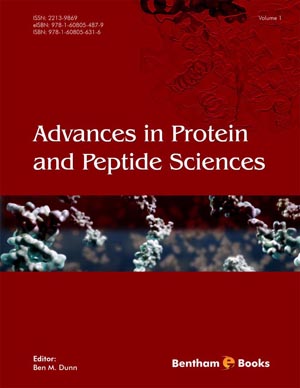Abstract
Proteins are endowed with the “Lego property”, i.e., the capability of steric fitting with other proteins to form high molecular weight complexes with emergent functions. These interactions may occur both as horizontal molecular networks at the plasma membrane level and as vertical molecular networks, i.e., towards the extra- and/or intracellular side of the cell. The present paper broadens this view by proposing the existence of three dimensional molecular networks, mainly made by proteins and carbohydrates, which might interact with each other at boundaries of compartments such as plasma membranes to form a “global molecular network” (GMN) that pervades the intraas well as the extra-cellular environment of the entire central nervous system. The GMN is a potentially plastic structure regulated through several means. For example, its extracellular part is under the remodeling action of the matrix metalloproteinases.
The proposal of a GMN has physiological and pathological implications.
In primis, classical synaptic transmission, gap junctions and volume transmission signals by modulating GMN could importantly contribute to the “binding phenomenon”, i.e., the phase synchronization of firing rates in far-located neuronal cortical groups.
Secondly, alterations in protein conformation could alter the GMN organization and hence the neuronal network morphology and function. This could lead to the formation of abnormal protein aggregates such as amyloid plaques and neurofibrillary tangles, which, in turn, might affect the GMN function and/or the reciprocal interactions between its parts especially at the boundaries between compartments.
Keywords: Lego property, protein conformations, protein mosaics, protein-protein interactions, allostery phenomenon, volume transmission, wiring transmission, exosomes, microvesicles, lipid rafts, binding phenomenon, neurodegenerative diseases, amyloid plaques, global molecular network, horizontal molecular network, vertical molecular network, molecular interactions, central nervous system, matrix metalloproteinases, extra-cellular space.






















